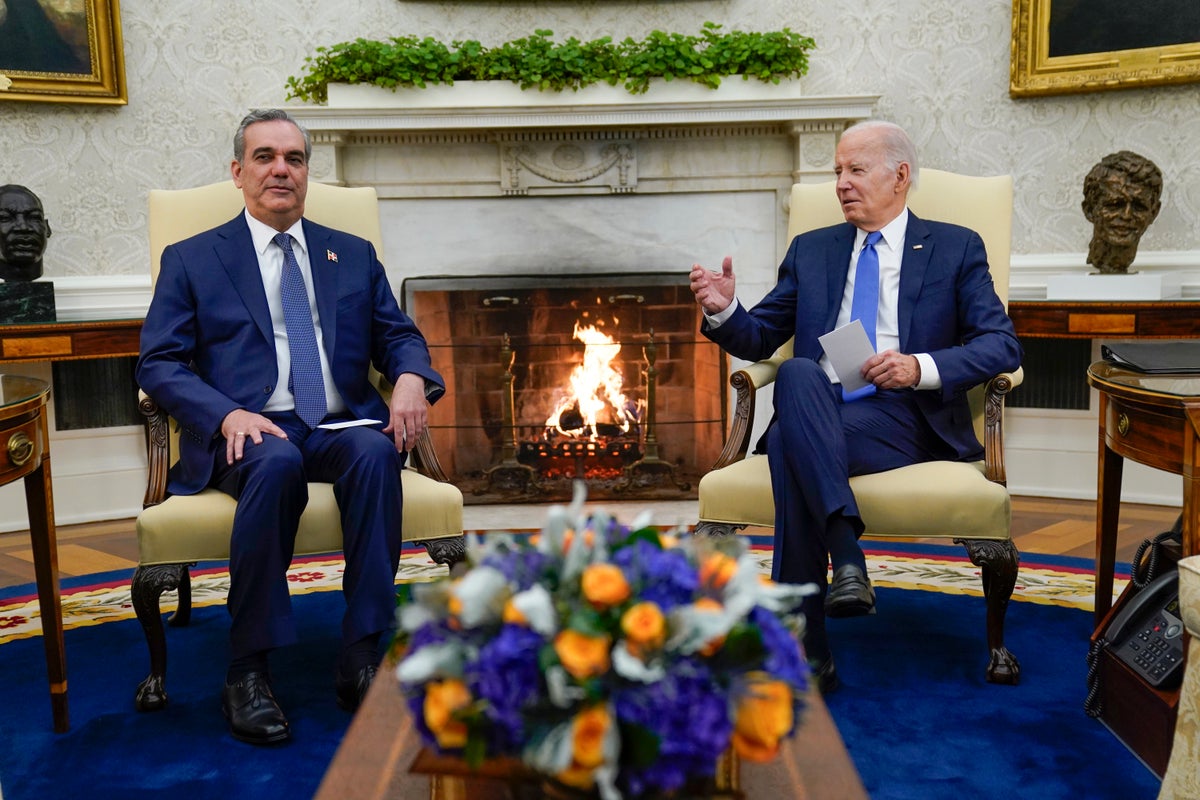
President Joe Biden is gathering leaders from countries across the Americas on Friday in the U.S. capital to discuss the tightening of supply chains and addressing migration issues.
In a preview of the first Americas Partnership for Economic Prosperity Leaders’ Summit, White House National Security Council spokesman John Kirby told reporters Thursday that the two-day event would be a “once in a generation opportunity” to shift more of the global supply chains to the Western Hemisphere.
Kirby said the summit would also involve the “shared migration challenge” and the building of “meaningful economic opportunity” among the countries in the region.
Friday’s event was announced last year at the Summit of the Americas in Los Angeles. The focus on trade comes as competition has intensified between the United States and China, the world's two largest economies. Biden has provided government incentives to build U.S. infrastructure and for companies to construct new factories. But after the pandemic disrupted manufacturing and global shipping, there has has also been an effort to diversify trade and reduce dependence on Chinese manufacturing.
In 2022, the U.S. exported $1.2 trillion worth of goods and services to other countries in the Western Hemisphere, according to the U.S. Trade Representative. It also imported $1.2 trillion in goods and services from those countries. But the majority of that trade was with Canada and Mexico.
By contrast, the U.S. imported $562.9 billion worth of goods and services from China last year.
Treasury Secretary Janet Yellen outlined the Biden administration's goals in a Thursday speech at the Inter-American Development Bank. The U.S. wants to diversify supply chains with "trusted partners and allies," a strategy that she said had “tremendous potential benefits for fueling growth in Latin America and the Caribbean."
Yellen, who regularly talks about her “friendshoring” strategy for increasing supply chain resilience by working primarily with friendly nations as opposed to geopolitical rivals like China, laid out her vision of new U.S. investment in South America at the development bank on Thursday.
The Inter-American Development Bank, which is the biggest multilateral lender to Latin America, would support new projects through grants, lending and new programs. The U.S. is the bank's largest shareholder, with 30% of voting rights.
Increasingly, policymakers in the U.S. have expressed concern about China's influence at the bank. While the Asian superpower holds less than 0.1% voting rights, it holds large economic stakes in some of the 48 member countries of the bank.







